Modern warfare takes on a more literal translation with the advent of new augmented reality displays revealed recently by the US Army to improve soldiers' situational awareness on the battlefield.
A new helmet-mounted displays, named Tactical Augmented Reality (TAR), integrate GPS information typically relayed via handheld devices into night vision goggles.
The result is a hands-free heads up display that overlays tactical mapping, including location of allies and enemies, onto the soldier's field of view within the night vision goggles' eyepiece. TAR also handles geo-registration, which confirms location between an observed landmark and a reference image.
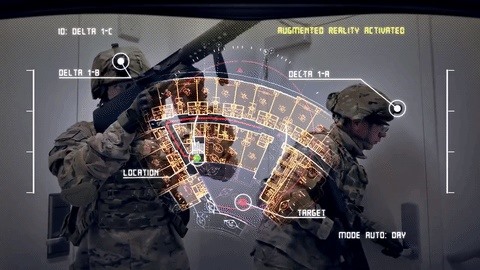
TAR also acts as a targeting system. The headsets are connected wirelessly to a tablet worn by soldiers and to a thermal site mounted on their weapons. When aiming their weapons, the target image is relayed to their eyepiece display. A split-screen feature allows soldiers to look in one direction while simultaneously viewing their weapons' point of view.

Augmented reality itself is not a novel tactical application. Heads up displays for aviation, made famous in films like Top Gun, have been commonplace for decades.
More recently, prominent augmented reality companies were founded on military contracts. The Osterhout Design Group (ODG) got their start building AR smart glasses for the military in 1999, while Vuzix initially worked on night vision goggles in 2007.
For TAR, however, the breakthrough is miniaturization of a high-resolution display. US Army Research, Development, and Engineering Command's Communications-Electronics Research, Development and Engineering Center (CERDEC) has been working on the miniature displays featured in TAR since 2008.

Measuring one square inch, the display is capable of high-definition imagery in monochrome that is visible in daylight. CERDEC will also continue to iterate the technology, with full-color, daylight-visible displays.
Of course, the pattern of military technology retrofitted into consumer products is well-documented. How long before the displays developed by the Army make their way into commercial headsets?
Just updated your iPhone? You'll find new emoji, enhanced security, podcast transcripts, Apple Cash virtual numbers, and other useful features. There are even new additions hidden within Safari. Find out what's new and changed on your iPhone with the iOS 17.4 update.
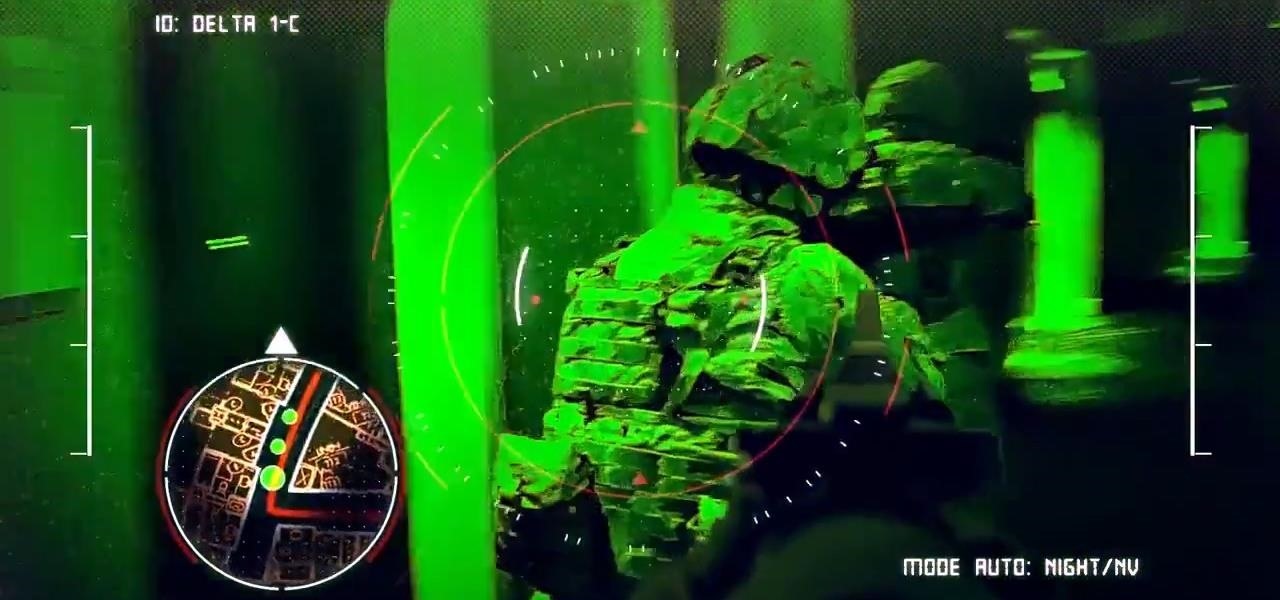


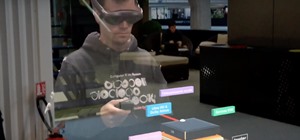




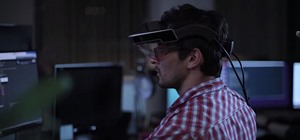

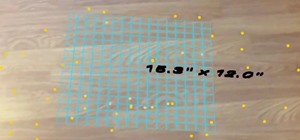





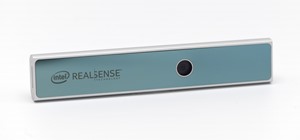





Be the First to Comment
Share Your Thoughts